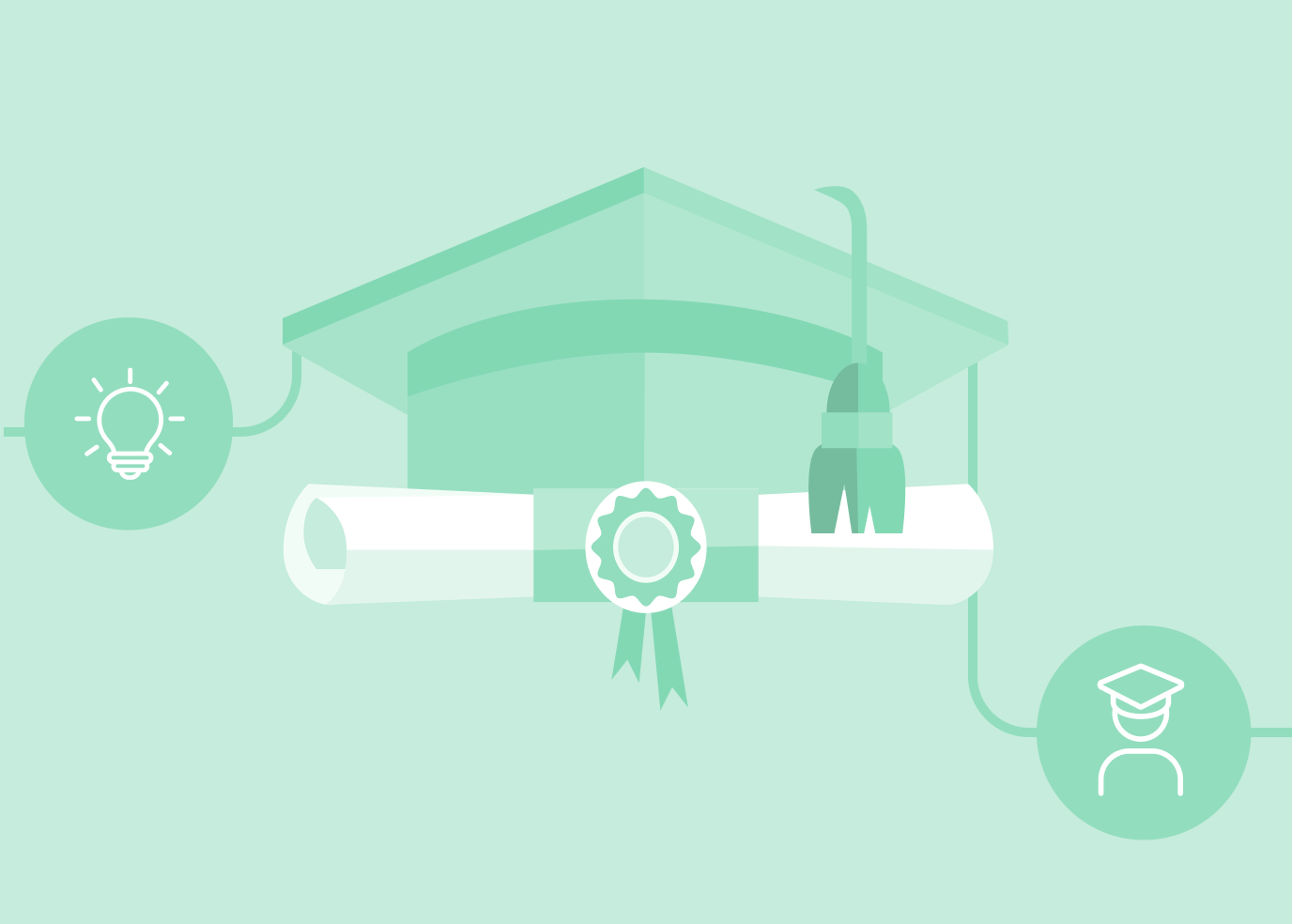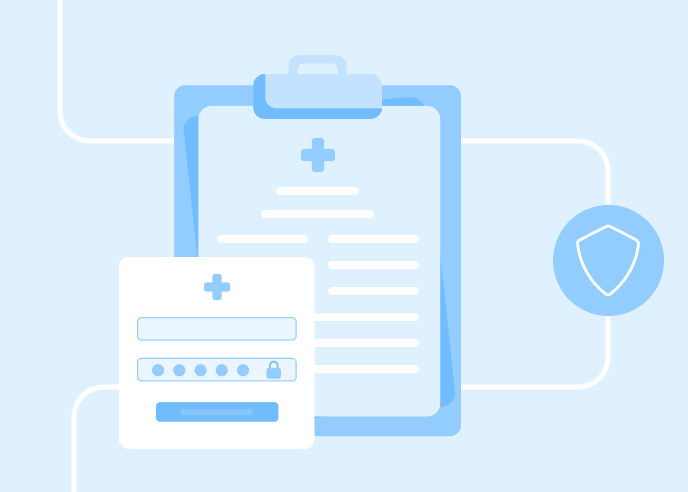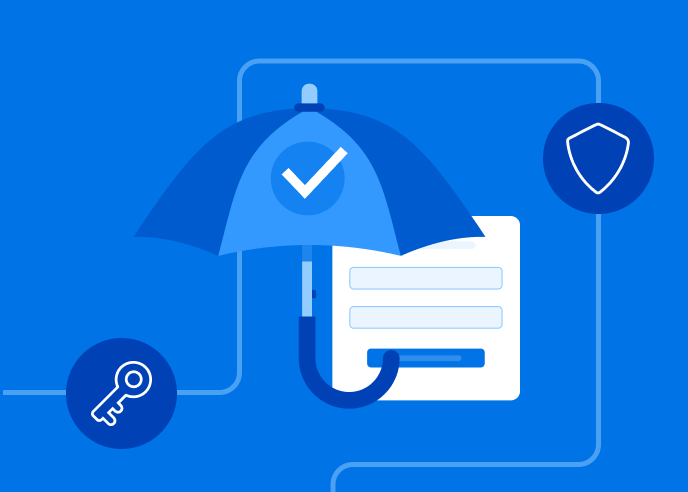Data collection in Higher Ed is a constant, but there are key times in the academic year when the cracks start to show for institutions using manual processes and legacy systems.
Events with strict deadlines, such as enrollment periods, final exams, alumni weekends, and course evaluations, cause significant spikes in data volume and processing time needed to extract insights and actionable steps.
From handling the surge of applications during admissions season to organizing graduation gown orders, having precise and effective strategies and workflows is crucial for optimizing efficiency and effectiveness. This cheat sheet equips you with six essential strategies for a robust data collection strategy for smooth operations year-round.
1. Streamline the web form experience
Objective: Build web forms with user experience in mind. A user-friendly design and smart form features boost participation rates and data quality.
- Simplify forms: Use forms with only essential fields to minimize user fatigue and prevent dropout rates.
- Enable autofill: For known users like returning students or alumni, activate autofill to expedite the process.
- Unlimited forms and submissions: Leverage platforms that offer unlimited forms and submissions to handle peak periods without additional costs or limitations.
2. Ensure data security and regulatory compliance
Objective: Safeguard sensitive information and adhere strictly to data protection laws.
- Secure Third-Party Platforms: Choose data collection platforms that meet stringent security standards such as GDPR and FERPA.
- Regular Training: Conduct periodic security training to keep staff updated on the latest data protection practices and potential threats.
- Routine Audits: Perform regular audits to ensure ongoing compliance and address any security loopholes.
Check out how to create your own internal security audit here.
3. Make your forms and surveys accessible to all
Objective: Guarantee accessibility and inclusivity across all devices.
- Responsive Design: Employ responsive web design to ensure forms and surveys are functional on all devices, from phones to desktops.
- Accessibility Testing: Continually test your tools to meet accessibility standards, ensuring ease of use for all participants.
Test against the Web Content Accessibility Guidelines (WCAG): Developed by the World Wide Web Consortium (W3C), WCAG guidelines are the most widely accepted standards for web accessibility. They offer various success criteria to make web content more accessible to people with disabilities. For Higher Ed, adhering to at least WCAG 2.1 Level AA is generally recommended.
4. Utilize reporting and analytics as strategic tools
Objective: Use analytics to inform and improve campus operations and offerings.
- Real-Time Dashboards: Monitor data inputs in real time to swiftly identify and address issues.
Build your own dashboard with zero code by following along in our blog! - Trend Analysis: Utilize data analytics to discern trends and user behavior, using these insights to tailor and enhance institutional programs.
5. Personalize your communication strategies
Objective: Create workflow processes that customize communications and enhance engagement.
- Segment Audiences: Tailor messages based on user-specific data, such as academic year, major, or prior interactions.
- Automated Responses: Implement automated, personalized messages or questions triggered by specific user actions or status changes, keeping stakeholders informed and engaged.
6. Embrace automation to increase efficiency
Objective: Reduce manual tasks and streamline processes through automation.
- Automate Routine Tasks: Identify and automate repetitive operations such as sending acknowledgments or updating records.
- Deploy Intelligent Tools: Utilize tools that automatically generate actionable insights, such as predicting enrollment trends or optimizing event formats.
- Integrate Systems: Create seamless data flow by integrating key systems (e.g., linking course registration directly to student accounts or information updates directly to the University’s Salesforce) to eliminate unnecessary data re-entry.
By adopting these strategies, Higher Ed institutions can collect data more efficiently, improve security, and better serve their communities.
Interested in optimizing your data collection strategy? Get essential tips from Universities who have been there and done that in this on-demand webinar.
Hear how these institutions have put FormAssembly’s data collection platform into action and see the difference it’s made. Watch now!


